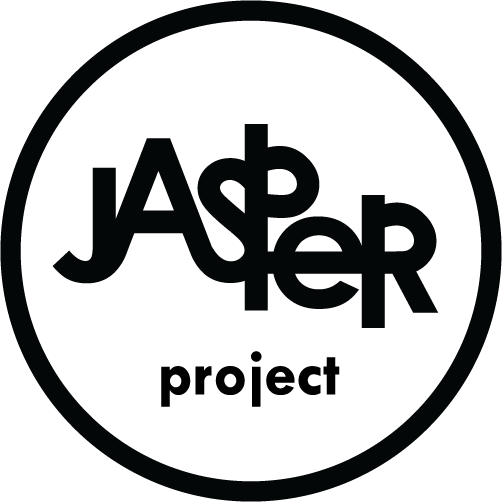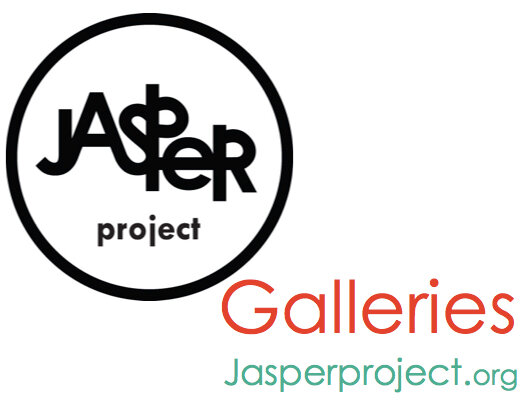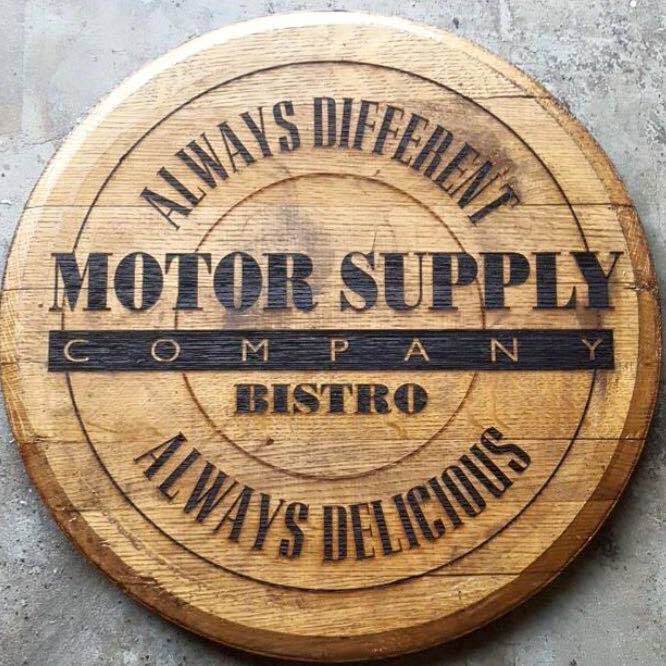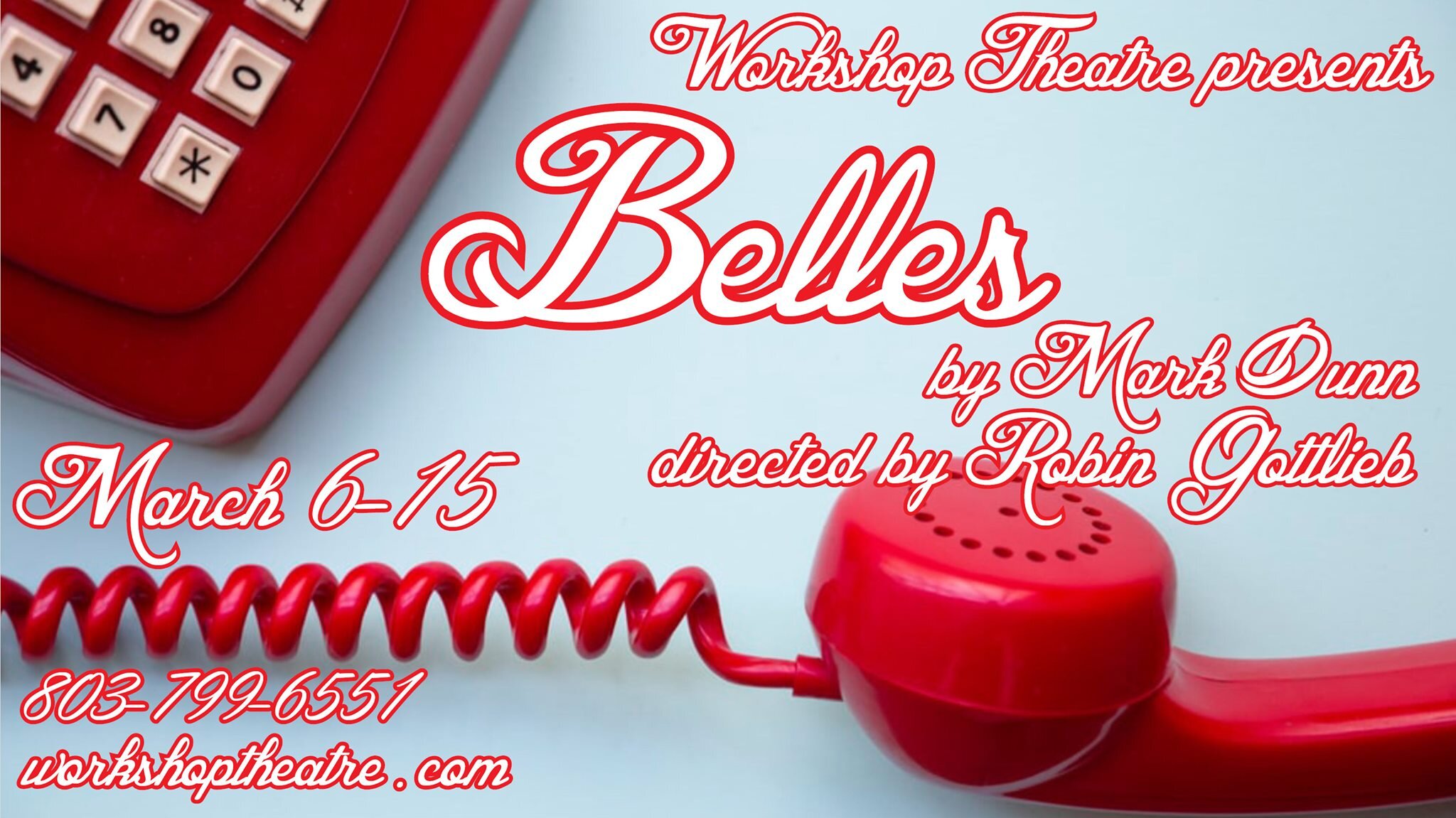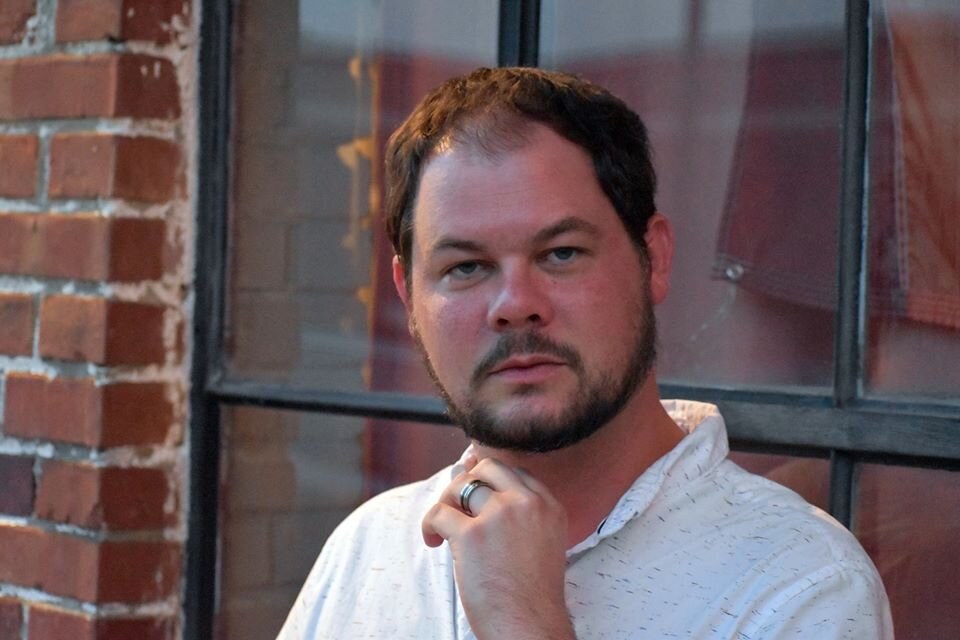“If I can make any impact on other artists it would be just to encourage them to create whatever it is they want, create their own world, and don’t worry about how it will be perceived or try to compete with what is accepted or popular, or even if it ends up being ‘good.’ Make what makes you happy.”
—Lucas Sams
Artist Lucas Sams
Last month, Jasper transitioned our Tiny Gallery series online in a show featuring ceramic artist Vanessa Hewitt Devore. This month, we’re thrilled to feature our longtime friend artist, Lucas Sams, and his new collection, Paintings on Glass.
Sams, 30, is an award-winning Columbia based multi-media artist working in painting, sculpture, film, digital/multimedia, and installation art. He was born in Greenwood, South Carolina and has resided in SC for most of his life, except for a year spent in Tokyo, Japan. “I think both of these facts have greatly influenced me in ways I am not yet fully aware of,” Sams shares.
Sams has been drawing since he could hold a pen, constantly supported by his family; specifically, his father, Carroll Sams of Greenwood, SC, and grandfather, John Proctor, both of whom helped teach Sams some of the basics. Sams shares that a lack of art classes at his Christian school made him have to search for ways to be self-motivated. “I drew during most of my classes whenever possible,” he says, “Drawing cartoons and comics before slowly transitioning into a shudder ‘fine artist.’”
Despite the lack of classes, Sams exhibited work throughout middle and high school, going on to attend the SC Governor’s School for the Arts and Humanities and the University of South Carolina, where he graduated with a Bachelor of Arts in Painting and Art History.
Sams started showing work “professionally” in Columbia in 2009. In the past decade, he’s worked in a variety of 2D and 3D mediums, including film and installation art. These days, however, he’s mostly painting and drawing or working with ceramics. “This show with Tiny Gallery consists of paintings on glass,” Sams details, “using a technique of painting images in reverse directly on glass taught to me by my father when I was a kid.”
Madonna and Child
This technique, which Sams’ own father used extensively in his work nearly 50 years ago, is not the only thing he taught him. “My father taught me how to paint more than any art teacher or professor, by teaching me not to be afraid of painting,” Sams illuminates, “The worst that can happen when painting is something has to be painted over, and glass is an even more forgiving medium, where mistakes can be simply wiped away.”
This approach carved a new perspective of art for a young Sams, who admits once upon a time, he hated painting. “I couldn’t get a grasp on the medium despite excelling with pen and ink and other media, until I learned how to do it in reverse,” Sams reflects, “The painted surface itself is messy, layered over with many layers of paint, and there is no definition, but flip it over, and it makes sense – the image has clarity, depth, and definition.”
Fault and Fracture
Many figures and ideas have emerged from the depth of the images on Sams’ glass, inspired by a mix of science fiction, anime, pop culture, modern art, religion, psychology, and history. Born in 1989, he grew up playing with '80s hand-me-downs, constantly experiencing a decade he never lived in. “I think nostalgia, even a hireath-like nostalgia for a world that never really existed, has always been under the surface,” Sams ruminates, “Being a small-town kid with big dreams and ideas led to creative world-building, of the past and future of imagined realities that are never fully realized.”
The imagined realities that exist in this crux of past and future are represented across panes of glass in Sams’ exhibit for Tiny Gallery. Drawing on memory, history, and current times, the paintings tread a multitude of different waters. In this collection, you’ll find various faces in different modes of contemplation, diptychs with bodies in conversation with one another, and vivid colors coming together to tell their own stories. Specifically, Sams works with an “almost manga-like visual style” that he’s been returning to recently.
Masked Girl with Flowers
“My work draws from the unconscious, and from conscious repetitions and explorations of various interconnected but vastly diverse symbols and archetypes,” Sams shares,” Most of the figures or portraits are some of these archetypes, often a personal twist on a historical or mythological character/idea used as a framework to explore.”
Sams’ works have been exhibited locally and regionally in major art festivals, galleries and alternative spaces, and featured in Jasper Magazine, the SC State newspaper, Garnet and Black Magazine, and the Timber Journal of the University of Colorado, Boulder. He’s had about 30 formal shows, 8 solo shows, and 4 two-man shows with his good friend, and recent JAYS visual arts winner, Michael Krajewski.
His favorite memory in all of these was the first time he won something. At the 2006 McCormick Arts Council’s Juried show, he won 1st place for an installation of ceramic masks, and somebody offered him a solo show at USC upstate…or at least they thought they did. “They actually offered it to my Dad, who they thought was me, and who was there accepting the award for me because I was in still high school, out of town,” Sams recalls, “When they found that out, the offer was rescinded. We laughed about that a lot and still do; it’s a good memory.”
Candy Colored Clown
Whether it’s experiments with new mediums or cases of mistaken identity, Sams has one piece of advice for fellow artists: “If I can make any impact on other artists it would be just to encourage them to create whatever it is they want, create their own world, and don’t worry about how it will be perceived or try to compete with what is accepted or popular, or even if it ends up being ‘good.’ Make what makes you happy.”
Lucas Sams’ show, which holds 17 pieces ranging from $75 - $150, will be up until August 9th. You can see the works 24/7 at the following link: https://the-jasper-project.square.site/tiny-gallery
While he says it’s impossible to know what the future holds, for further viewing you can visit his website https://lucastsams.wixsite.com/sams, his weekly updated webstore https://lucassams.bigcartel.com/, and follow him on Instagram @trianglezero.
-Christina Xan
*Are you an artist interested in showing your work for a Virtual Tiny Gallery show? Email Tiny Gallery Manager Christina Xan at JasperProjectColumbia@gmail.com.
To support the work of Jasper, including articles like the one above,
please consider becoming a member of the Jasper Guild at www.JasperProject.org
